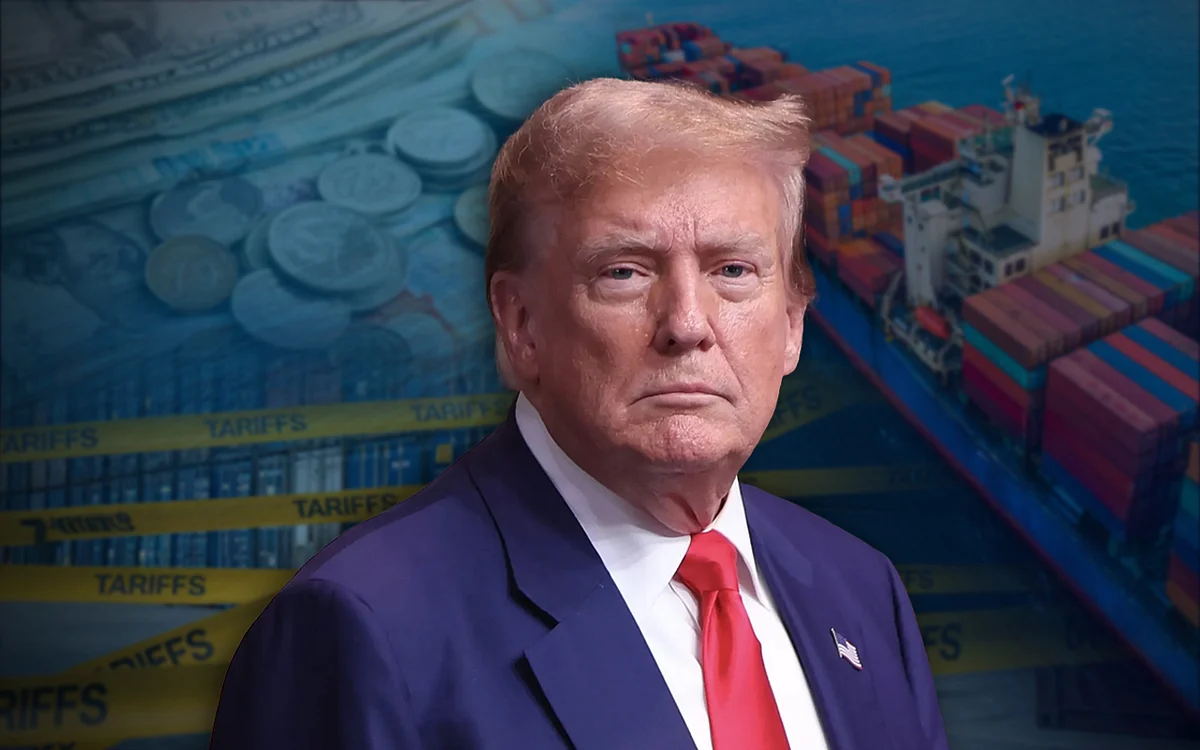It’s also opening the prospect for discounted rates on some steel, aluminum and derivative products under a quota system. That’s a shift from the White House’s stated plans in July, when the Trump administration insisted those metal tariffs would remain at 50%, helping to lower trade deficits with the EU and bring revenue to US coffers.
On steel and aluminum, the EU and US now assert they “intend to consider the possibility to cooperate on ring-fencing their respective domestic markets from overcapacity, while ensuring secure supply chains between each other,” according to the joint statement.
The document raises major questions about how the EU might fulfill its promise to invest $600 billion in the US or purchase some $750 billion in US energy resources — including liquefied natural gas, oil and nuclear power products — through 2028.
Private sector investments by European companies would be expected across strategic sectors in the US, including pharmaceuticals, semiconductors and advanced manufacturing, the senior administration official said.
Meanwhile, the EU plans to substantially increase procurement of military and defense equipment from the US, according to the statement, and intends to buy at least $40 billion worth of US artificial intelligence chips.
